Typical instruments PCdrum machinevocals | ||
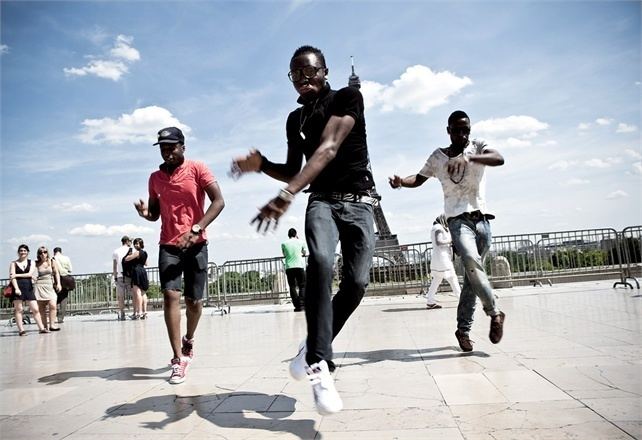 | ||
Stylistic origins Batidazouktechnohousesoca | ||
Fast five don omar ft lucenzo danza kuduro mp4
Kuduro (or kuduru) is a type of music and dance originally developed in Angola in the 1980s. It is characterized as uptempo, energetic, and danceable. Kuduro began in Luanda, Angola in the late 1980s. Initially, producers sampled traditional carnival music like soca and zouk from the Caribbean, and also semba from Angola and laid this around a fast 4/4 beat.
Contents
- Fast five don omar ft lucenzo danza kuduro mp4
- The fast and the furious five danza kuduro deutsch german
- Origins
- Terminology
- Popularity
- I Love Kuduro festival
- I Love Kuduro film
- Artists and famous titles
- References
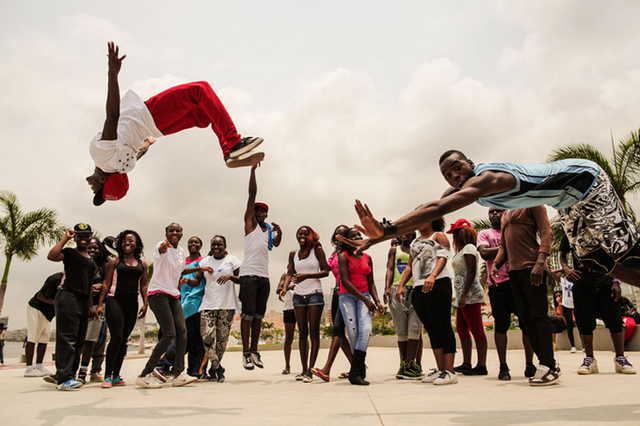
The kuduro is similar to the Kizomba rhythm. The lyrics are usually in Portuguese.
The fast and the furious five danza kuduro deutsch german
Origins
The roots of kuduro can be traced to the late 1980s when producers in Luanda, Angola started mixing African percussion samples with zouk and soca to create a style of music then known as Batida ("Beat"). European and American electronic music had begun appearing in the market, which attracted Angolan musicians and inspired them to incorporate their own musical styles. Young producers began adding heavy African percussion to both European and American beats. In Europe, western house and techno producers mixed it with house and techno.
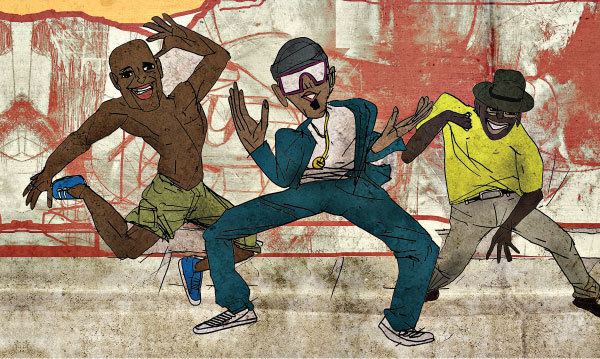
The history of kuduro has come about in a time of Angolan civil unrest, and provided a means of coping with hardship and positivity for the younger generation. With the strong immigration to Portugal of Angolan citizens kuduro spread and evolved further in the neighborhoods of Lisbon, with the inclusion of additional musical elements from genres of Western European electronic music, giving origin to the progressive kuduro.
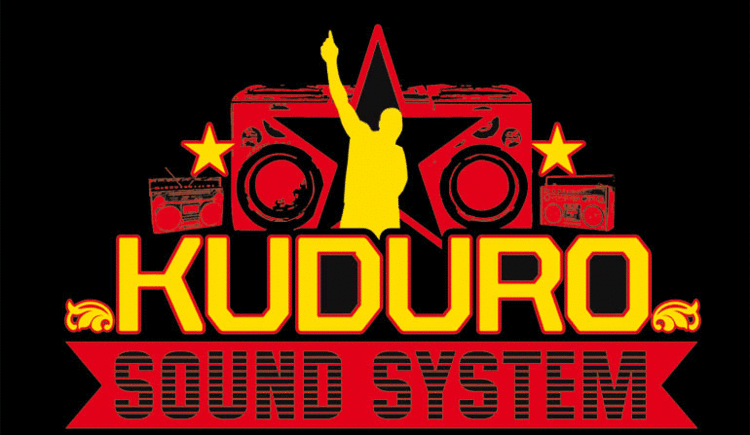
Progressive kuduro it is nothing more than kuduro from the late 90's that started in Angola, it is a kind of kuduro with strong electronic element, kuduro always has been and started as electronic music, unknown to some that do not know kuduro since the beginning so when Buraka started doing some tough it is new, but wasn't. It can be said that the called kuduro classico it is what some want to call kuduro progressivo, the producers that started producing this are Angolans even outside Angolan, now have some French and Portuguese. Probably the French were the first European to give a close attention to kuduro thanks to Costoleta with Tchiriri that was a success in France. In Portugal kuduro was accepted very late despite the fact that in Portugal had more kuduristas and Angolans than French, kuduro were not accepted when were just Angolans doing it. To be accepted, despite the fact that existed a lot of kuduristas in Portugal, it had to come up an Portuguese band, mixed Portuguese and Angolans - the "Buraka Som Sistema", and for the Portugueses to accept it, it had to be renamed to "progressive kuduro", that was what some had done to be more acceptable, and then some tried to go even further and call it "Portuguese genre of kuduro", but this kind of kuduro is made since the 90's in Angola.
If you search you can find a lot of kuduro that were made in Angola that fit in what some call progressive kuduro before they named, because had already name.

According to Tony Amado, self-proclaimed creator of Kuduro, he got the idea for the dance, after seeing Jean-Claude Van Damme in the 1989 film Kickboxer, in which he appears in a bar drunk, and dances in a hard and unusual style. As Vivian Host points out in her article, despite the common assumption that "world music" from non-Western countries holds no commonalities with Western modern music, Angolan kuduro does contain "elements in common with punk, deep tribal house, and even Daft Punk." And although Angolan kuduro reflects an understanding and an interpretation of Western musical forms, the world music category that it fits under, tends to reject the idea of Western musical imperialism. DJ Riot of Sistema said, "Kuduro was never world music… It wasn’t born on congas and bongos, as some traditional folk-music. It was kids making straight-up dance-music from, like, ’96. Playing this new music, this new African music, that feels straight-up political in itself."
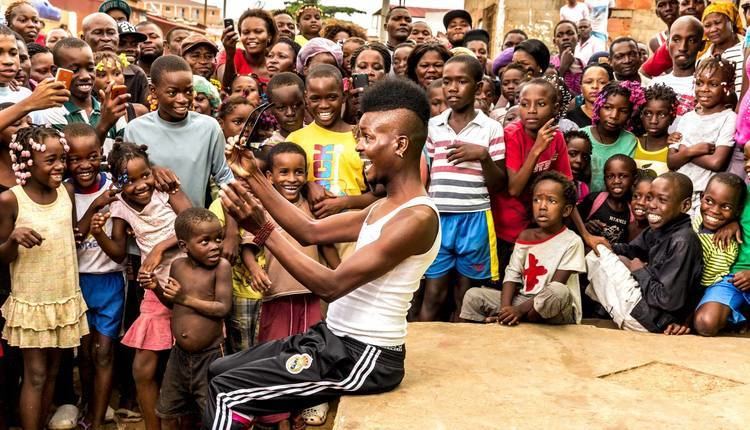
Kuduristas use body movements that often emanate movement/stillness, incoordination, falling, pop & lock, and breakdancing. This style of dance seems to “break down” body parts into isolations and staccato movements, serving as a reflection of debility and the mixture of abled/disabled bodies in performance. Popular Angolan dancer Costuleta, whose leg has been amputated, is known for his captivating performances displaying dexterity and sexuality. The incorporation of debility complicates normative notions of “abled-ness” while recalling motifs of black survival throughout the Diaspora, specifically in relation to the land mines planted by the Portuguese army that has left many Angolans amputated.
Terminology
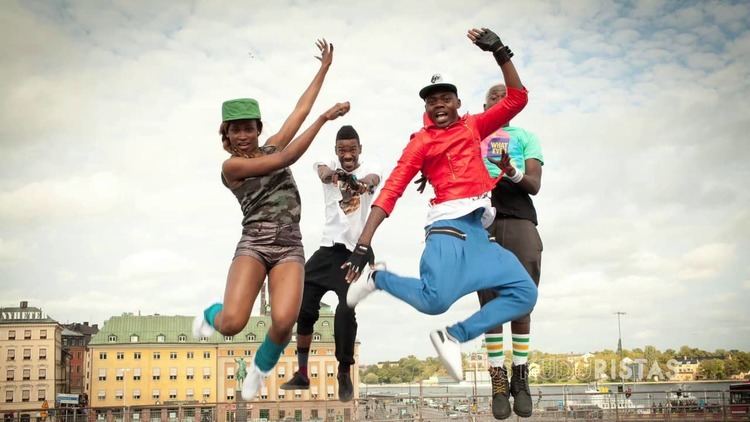
The name of the dance refers to a peculiar movement in which the dancers seem to have hard buttocks ("Cu Duro" in Angolan Portuguese), simulating an aggressive and agitated dance style.
Popularity

Kuduro is very popular across former Portuguese overseas countries in Africa, as well as in the suburbs of Lisbon, Portugal (namely Amadora and Queluz), due to the large number of Angolan immigrants.
In the Lisbon variety (or progressive kuduro), which mixes kuduro with house and techno music, Buraka Som Sistema a Portuguese/Angolan electronic dance music project based in Portugal, was responsible for the internationalisation of kuduro, presenting the genre across Europe. It featured in several international music magazines, after their appearance with their hit "Yah!" ("Yeah!"). Buraka Som Sistema takes its name from Buraca, a Lisbon suburb in the municipality of Amadora. Since the explosion of the Buraka Som Sistema, kuduro dance performance videos find an increasing audience on internet video platforms like YouTube. The videos range in quality from MTV standard to barely recognizable mobile-phone footage.
I Love Kuduro (festival)
A travelling festival that has become known as one of the largest gatherings dedicated to the Kuduro genre and lifestyle. It was created by Angolan artist Coréon Dú in 2011 with premiere events in the Showcase Club in Paris followed Arena Club in Berlin under the name Kuduro Sessions. It included Angolan legends such as Noite e Dia, Nacobeta, Bruno M, DJ Znobia, Big Nelo, the then up and coming Titica, Francis Boy Os Namayer, DJ Djeff & DJ Sylivi, as well as with a slew of international guests / Kuduro supporters such as Louie Vega & Anané Vega, Ousunlade, Daniel Haaksman, John Digweed, Hernan Cattaneo, Trentemoller, Tiefshwarz, Diego Miranda, and Wretch 32, among others.
The first event of Love Kuduro in Luanda was two day festival that received over 14,000 Kuduro fans in January 2012 at the Luanda International Fair grounds. The even has happened annually in Luanda, with various events happening around the world in cities such as Paris, Amsterdam, Stockholm, Rio de Janeiro, New York and Washington DC . Recent including a recent event at the 2014 TechnoParade in Paris, as the Os Kuduristas tour ( a follow up to the Kuduro Sessions theme tour) which focused mainly on bringing the broader Luanda urban culture to Kuduro lovers around the world, with an emphasis on dance .
The most recent event was an I Love Kuduro pop up float at the 2014 TechnoParade in Paris.
I Love Kuduro (film)
The film "I Love Kuduro" directed by brothers Mário and Pedro Patrocínio premiered with great success at the International Film Festival of Rio de Janeiro, the largest film festival in Latin America, and at Portugal, in DocLisboa. "I Love Kuduro" was shot in Angola and presents the origin of the kuduro phenomenon.
Artists and famous titles
M.I.A. has supported kuduro music, working on the song "Sound of Kuduro" with Buraka Som Sistema in Angola. "It initially came from kids not having anything to make music on other than cellphones, using samples they'd get from their PCs and mobiles' sound buttons," M.I.A. said of kuduro. "It's a rave-y, beat oriented sound. Now that it's growing, they've got proper PCs to make music on."
